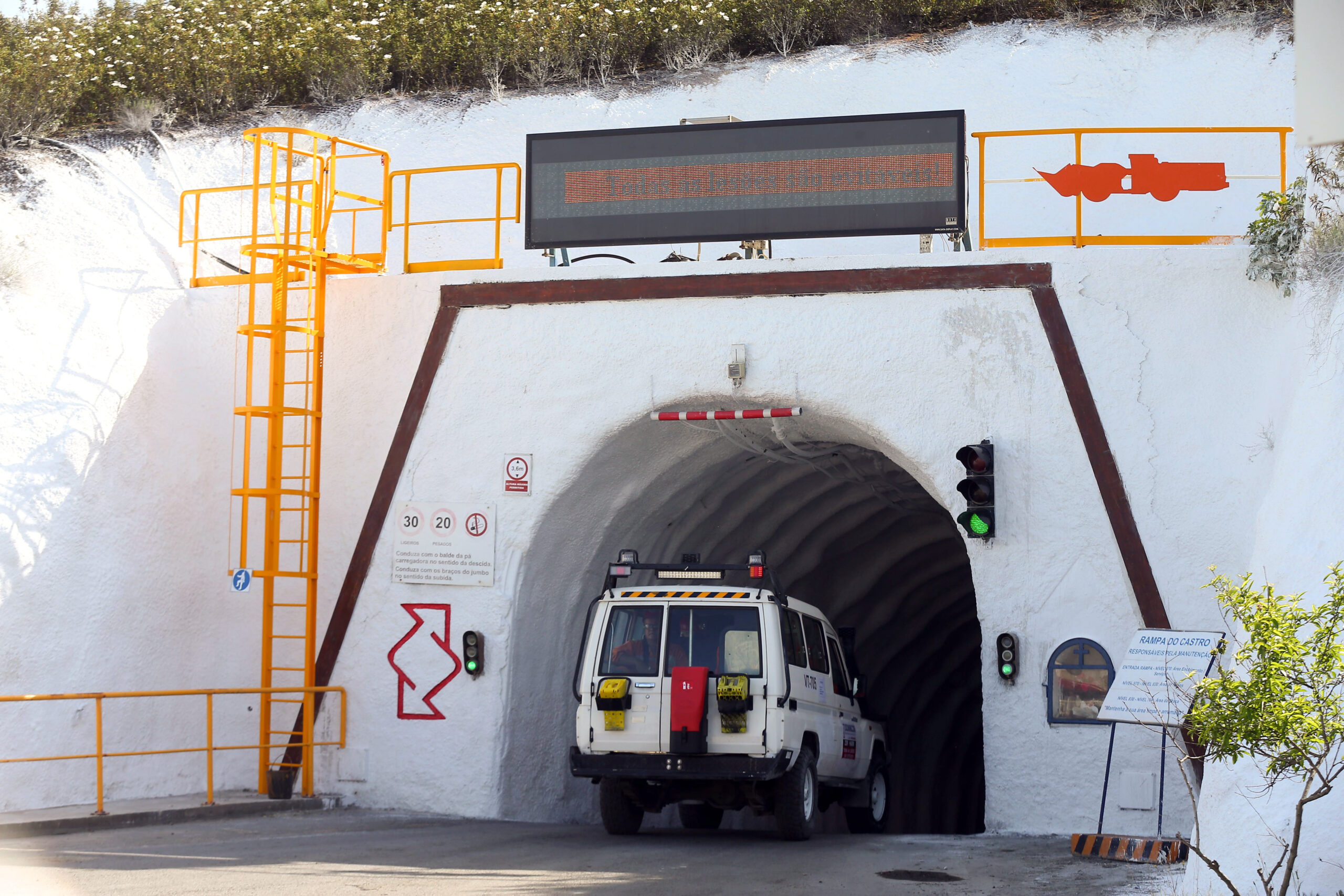
Established as the Electricity Supply Commission in South Africa in 1923, it was in July 2002 that Eskom was converted into a public, limited liability company, wholly owned by government. Today Eskom is responsible for generating approximately 95 percent of all the electricity used in South Africa and approximately 45 percent of that used in Africa.
Among the top 20 utilities in the world by generation capacity, with a net maximum self-generated capacity of 41,194MW, Eskom directly provides electricity to about 45 percent of all end-users in South Africa, with the other 55 percent being resold by redistributors, including municipalities.
At home Eskom generates, transmits and distributes electricity to industrial, mining, commercial, agricultural and residential customers and redistributors. Meanwhile outside of South Africa’s borders the company buys electricity from and sells to the countries of the Southern African Development Community (SADC).
In 2005 Eskom commenced activity on its Build Programme in South Africa, a programme revolving around the construction of additional power stations and major power lines on a grand scale in order to meet rising demand for electricity in the country. Up to the end of 2013 the company’s capacity expansion budget was R385 billion, a figure that is expected to grow to more than a trillion rand by 2026. This will ultimately see Eskom double its capacity to 80,000 MW by that same year.
One of the major undertakings with Eskom’s Build Programme is the development of the Kusile Power Station, a coal-fired power station being built near Emalahleni in Mpumalanga, the contracts to which are valued at around R31.5 billion and were awarded to the company in February 2008. Terracing work commenced on the project in mid-2008, with the first unit going online during 2013. Work on the station is expected to be completed come late 2016.
Located close to the existing Kendal Power Station in the Nkangala District of the Mpumalanga Province, the Kusile site is about 1,355 hectares in size and represents Eskom’s most advanced coal-fired power plant project.
Upon completion the station will consist of six units, each rated at approximately 800MW of installed capacity, giving a total of 4,800MW. This will make it one of the largest coal-fired power stations in the work once finished. The coal itself will be sourced from Anglo Coal’s New Largo and Zondagfontein collieries. The first unit is planned to begin commercial operations in 2014. Thereafter, the other units will be commissioned at approximately eight month intervals, with the last unit expected to be in commercial operation by 2018. To date, the project remains on schedule to meet its target date.
Kusile Power Station also holds the not inconsiderable honour of being the first complex of its kind in South Africa to have Flue Gas Desulphurization (FGD) installed. A highly sought after, state of the art technology, FGD is used to remove oxides of sulphur, sulphur dioxide for example, from the exhaust flue gases created in power plants that burn coal or oil. This technology is fitted as an atmospheric emission abatement technology, in line with current international practice, to ensure compliance with air quality standards. This is of particular importance in the case of Kusile, which is located in a priority airshed or airshield.
The construction of Kusile Power Station is having, and will continue to have, a major positive impact on the lives and the economy of the community of the Nkangala District. Job creation is expected to reach a peak of over 12,000 direct jobs during the plant’s construction, with homes and social infrastructure constantly being developed around the site to serve its many thousands of contractors. Today some 8,000 people can be found working on the construction site, more than 40 percent of which reside in the local area.
As a result of Eskom’s construction activities alone, Nkangalas’ gross domestic product (GDP) is expected to increase by approximately 25 percent per year. On a wider scale the power station will also be responsible for a 0.35 percent rate of annual growth for South Africa as a whole, with approximately 40 percent of the project cost expected to be spent locally.
The lasting contribution that Kusile Power Station has already made to surrounding communities cannot be overstated. To date its construction has enable countless numbers of residents from eMalahleni, Delmas Ogies, Phola and other neighbouring towns to be able to provide for their families by being employed on the project. Meanwhile, local businesses also continue to benefit greatly from the project, from those within the hospitality and catering sectors to construction and material supply businesses.
The project has a multi-package contract strategy, and included in each contract is a strong focus on the requirement for local development, a focus that falls under Eskom’s Competitive Supplier Development Programme. The focus here is on local employment, business development, sustainability and financial investiture to leave a long-term legacy in Mpumalanga and South Africa.
It is thought that from 2008 until 2019 the Kusile Power Station Project will have had a direct impact on the lives of some 88,600 people, be it in the form of employment, skills development or through community support. Whichever way you look at it that is one impressive legacy for any project to have.
Written by Will Daynes, research by Vincent Kielty



 EskomKusile-Africa-Energy-Jan14-Bro-s.pdf
EskomKusile-Africa-Energy-Jan14-Bro-s.pdf









